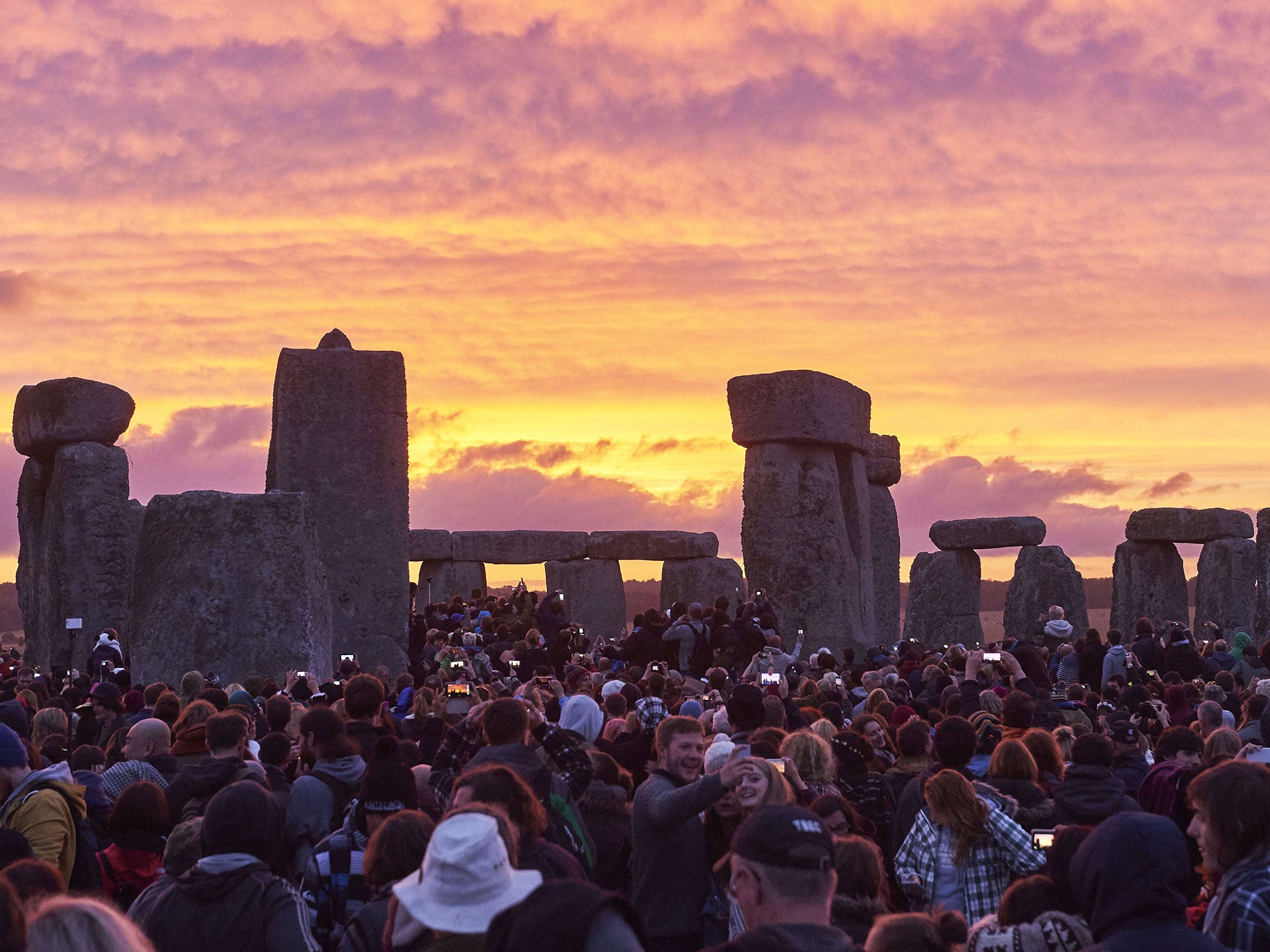Nature Studies: Forget Stonehenge, the Dales are where you must be on Midsummer’s Day
All about us were millions and millions of flowers and striking plants

Where was the most special place to be in England on Midsummer’s Day, 21 June? For me it wasn’t Stonehenge, even though more than 20,000 people gathered there on Sunday to celebrate the summer solstice, and the longest day of the year. After my own weekend, I have no doubt: it was a hay meadow.
Until about 60 years ago, hay meadows were plentiful across the country and they were among its greatest delights, as they were treasure stores of wild flowers, presenting a dazzling mix of colours to delight the eye.
They were there to provide fodder for horses in the shape of hay, which is grass and wild plants cut once in summer, and then dried. (“Make hay while the sun shines.”) But in the decades since then a great change has affected the land: horses have largely disappeared from farms, replaced by machines, and hay has disappeared with them.
It has been replaced by silage, which is grass cut while still green that rots down into a gunk you can perfectly well feed to cattle; and a special variety, perennial ryegrass, is now grown in the fields, and fertilised so heavily that no other plants can compete with it. There are no more wild flowers in these fields; they are just “green concrete”.
Across Britain, it is estimated that 97 per cent of our hay meadows have disappeared since the end of the Second World War, one of the most lamentable of our wildlife losses. But in recent years there has been a move to bring them back, especially in areas where some still survive, such as the Yorkshire Dales.
Perhaps the very best area for them is Swaledale, and for the last couple of days I have been staying there with my family, and the meadows are magnificent. They carpet the valley floor, divided up by dry stone walls, and they flash golden-green in the sunlight from the numberless meadow buttercups interspersed among the grasses. It is an exquisite colour, far more appealing than the brash yellow of fields of oil-seed rape, which even after all these years still seem to me to be out of place in the English countryside.
And there is one part of Swaledale where the meadows are loveliest of all: above the tiny stone village of Muker, towards the top of the dale. The 12 meadows of Muker are famous: they run alongside the River Swale, each inside its walls, each with its own stone barn, such a feature of the Dales landscape, and each with a staggering variety of wildflowers and grasses.
On Sunday we walked the special path of stone flags which takes visitors right through them without damaging them, and all about us were millions and millions of flowers – yellow buttercups, white dropwort, red clover, vetches, chickweeds, speedwells – and striking plants such as yellow rattle and wood cranesbill.
On Midsummer’s day they were at their absolute peak: they will be cut for hay in a couple of weeks’ time.
A year ago, I was on a wildlife tour of Romania, where the countryside has not yet been devastated by intensive farming (although it will be soon enough), and I walked through wildflower meadows there the like of which I had never seen, with astounding numbers of flowers; and I thought I would never encounter such sights in England.
But then I had not been to the Dales on Midsummer’s Day; and Swaledale, and the meadows of Muker in particular, can compare on equal terms with Romania, presenting as they do a scarcely believable vision of floral abundance which in most of Britain is long lost.
So if next 21 June you’re thinking of heading to Stonehenge to celebrate the solstice, here’s a tip: head north instead. Something astonishing awaits you up in Yorkshire.
Join our commenting forum
Join thought-provoking conversations, follow other Independent readers and see their replies
0Comments